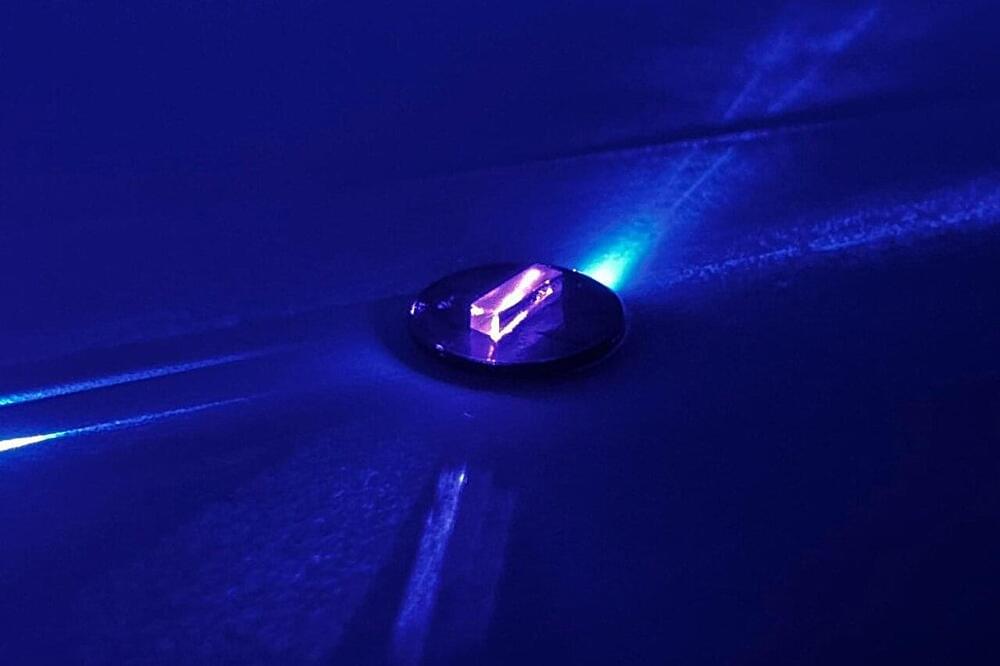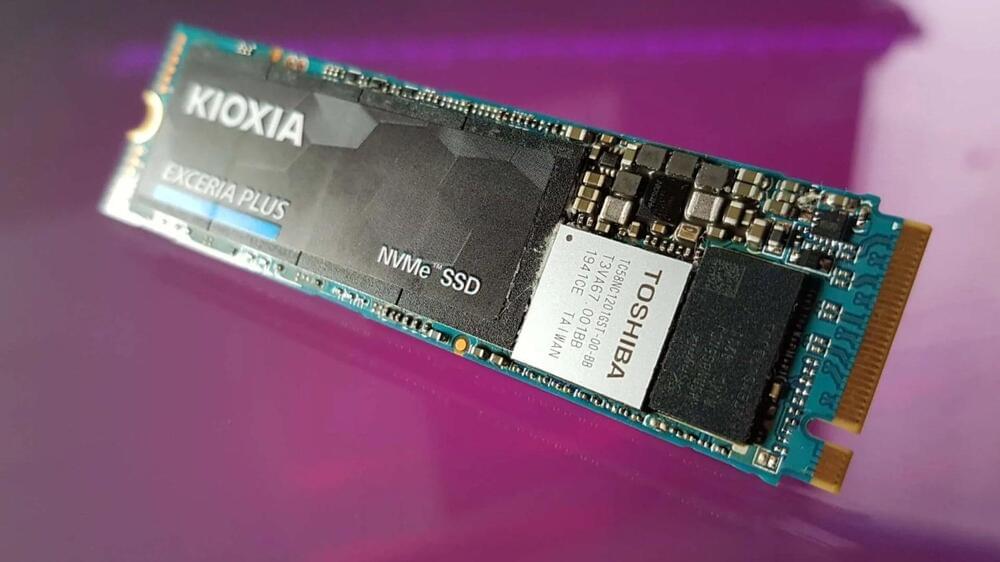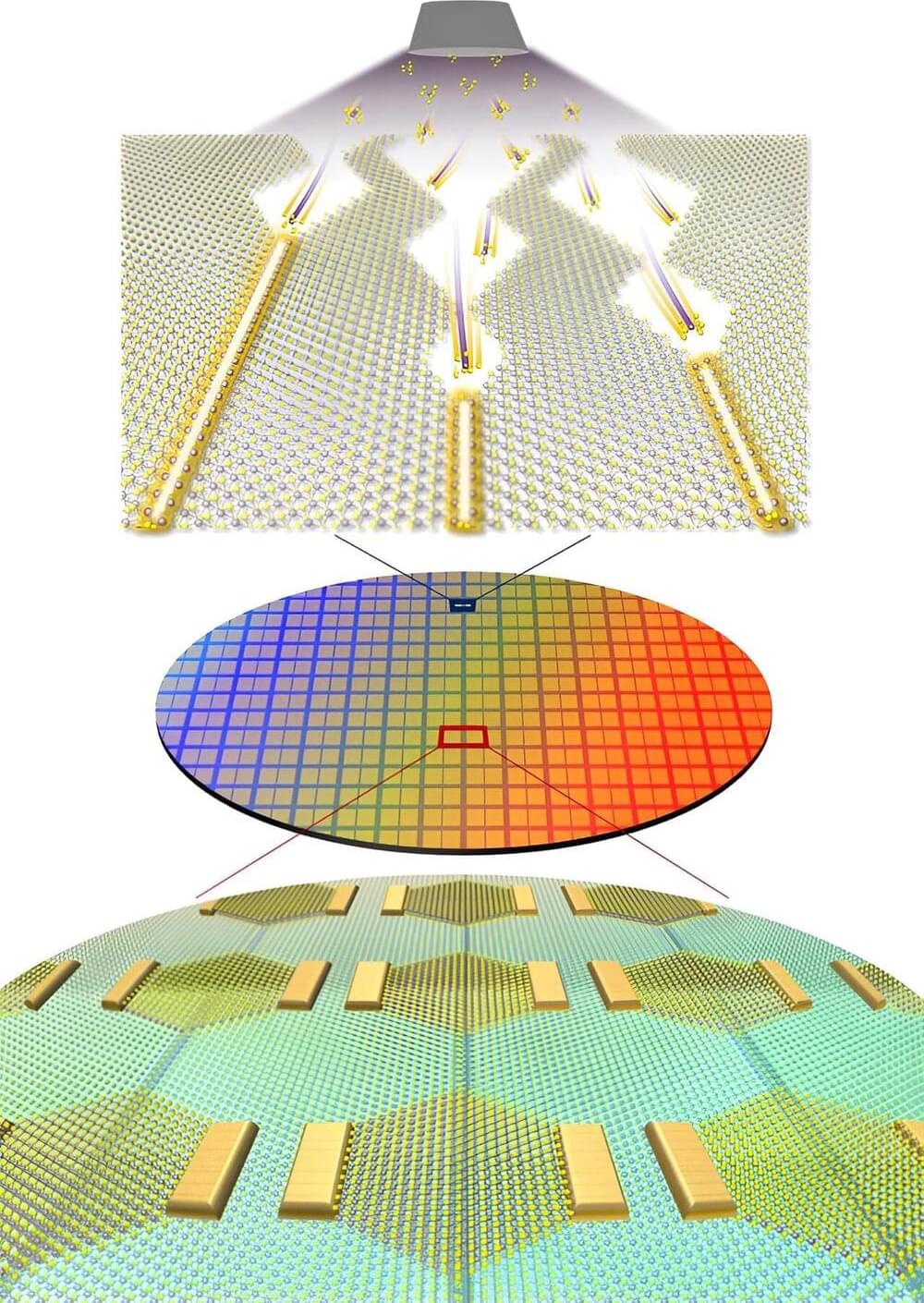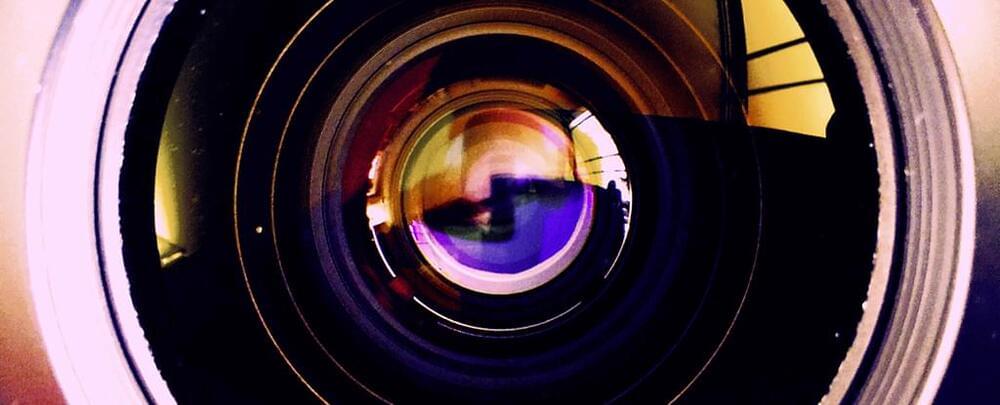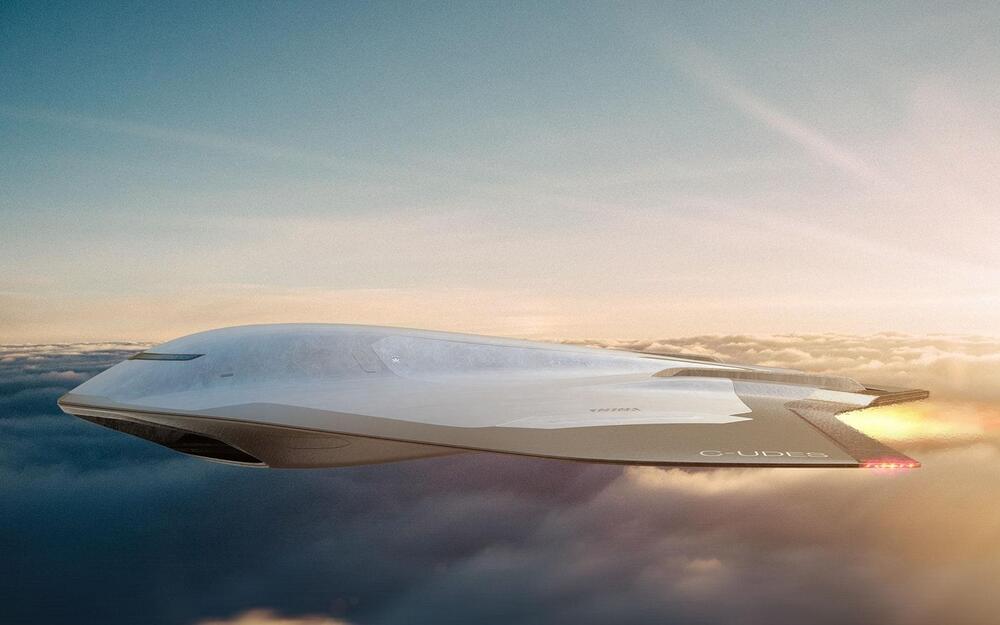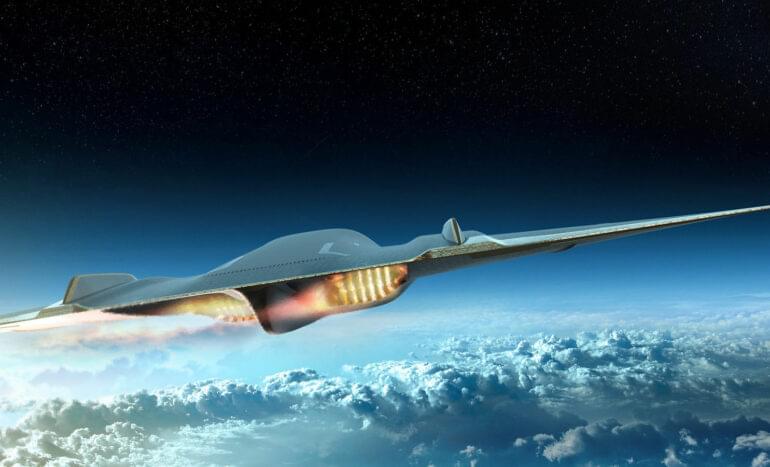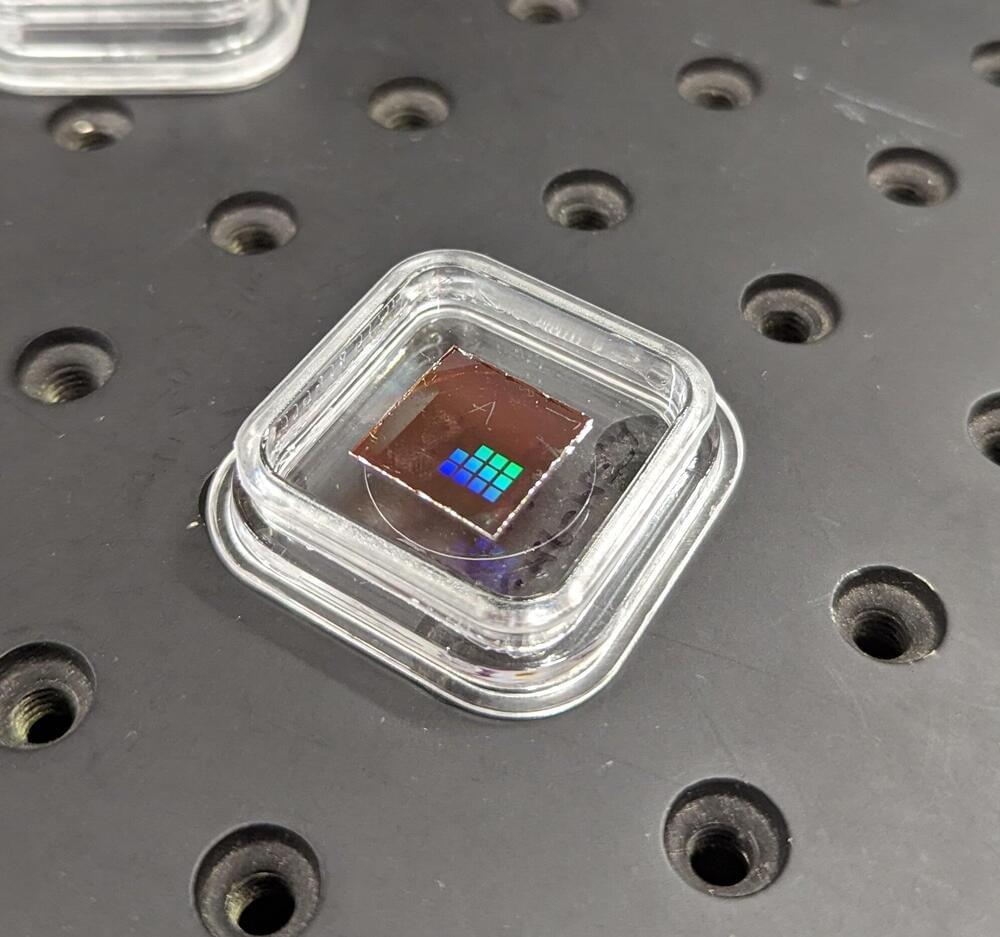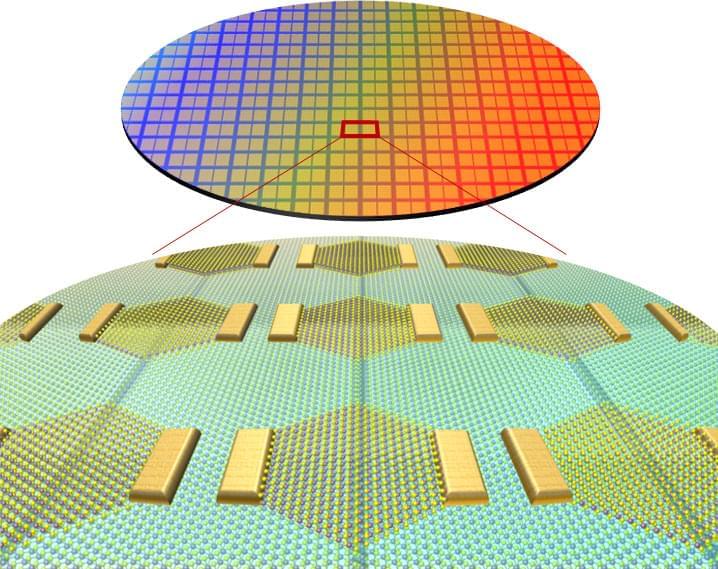Jul 3, 2024
Physicists’ laser experiment excites atom’s nucleus, may enable new type of atomic clock
Posted by Shailesh Prasad in categories: particle physics, space
For nearly 50 years, physicists have dreamed of the secrets they could unlock by raising the energy state of an atom’s nucleus using a laser. The achievement would allow today’s atomic clocks to be replaced with a nuclear clock that would be the most accurate clock to ever exist, allowing advances like deep space navigation and communication. It would also allow scientists to measure precisely whether the fundamental constants of nature are, in fact, really constant or merely appear to be because we have not yet measured them precisely enough.
Now, an effort led by Eric Hudson, professor of physics and astronomy at UCLA, has accomplished the seemingly impossible. By embedding a thorium atom within a highly transparent crystal and bombarding it with lasers, Hudson’s group has succeeded in getting the nucleus of the thorium atom to absorb and emit photons like electrons in an atom do. The astonishing feat is described in a paper published in the journal Physical Review Letters.
This means that measurements of time, gravity and other fields that are currently performed using atomic electrons can be made with orders of magnitude higher accuracy. The reason is that atomic electrons are influenced by many factors in their environment, which affects how they absorb and emit photons and limits their accuracy. Neutrons and protons, on the other hand, are bound and highly concentrated within the nucleus and experience less environmental disturbance.
